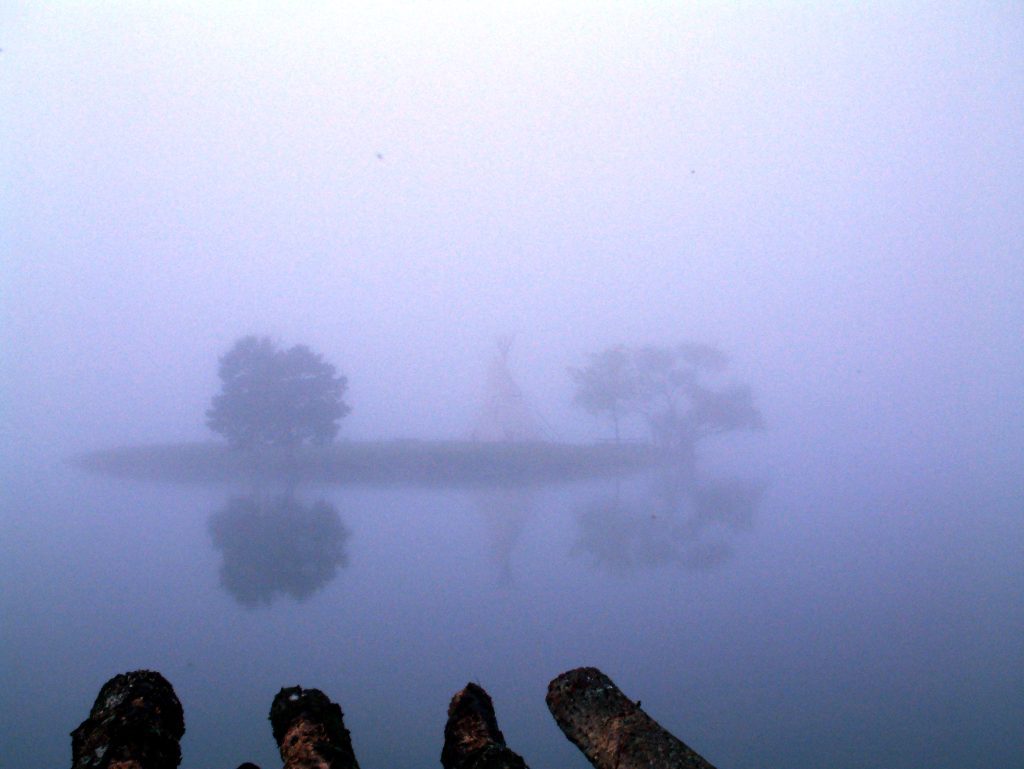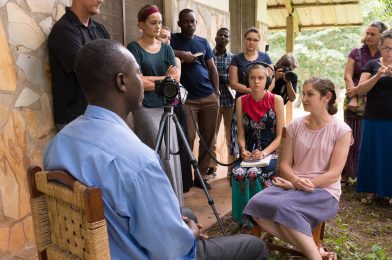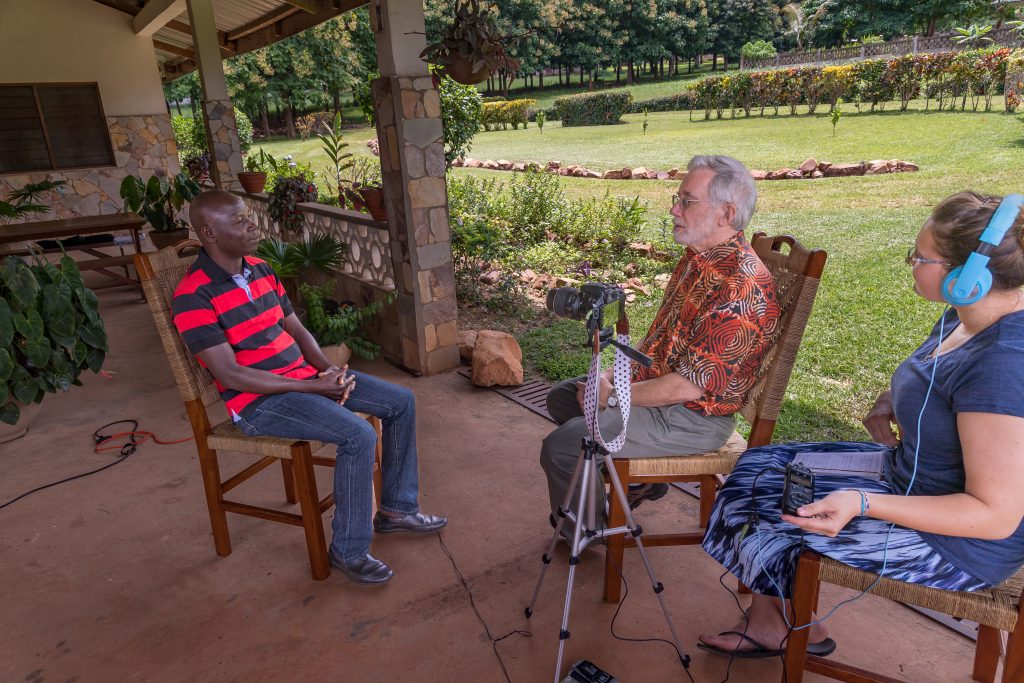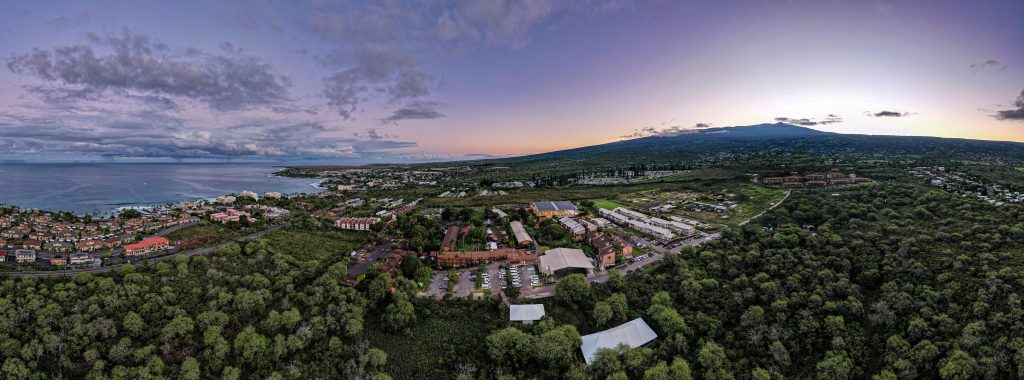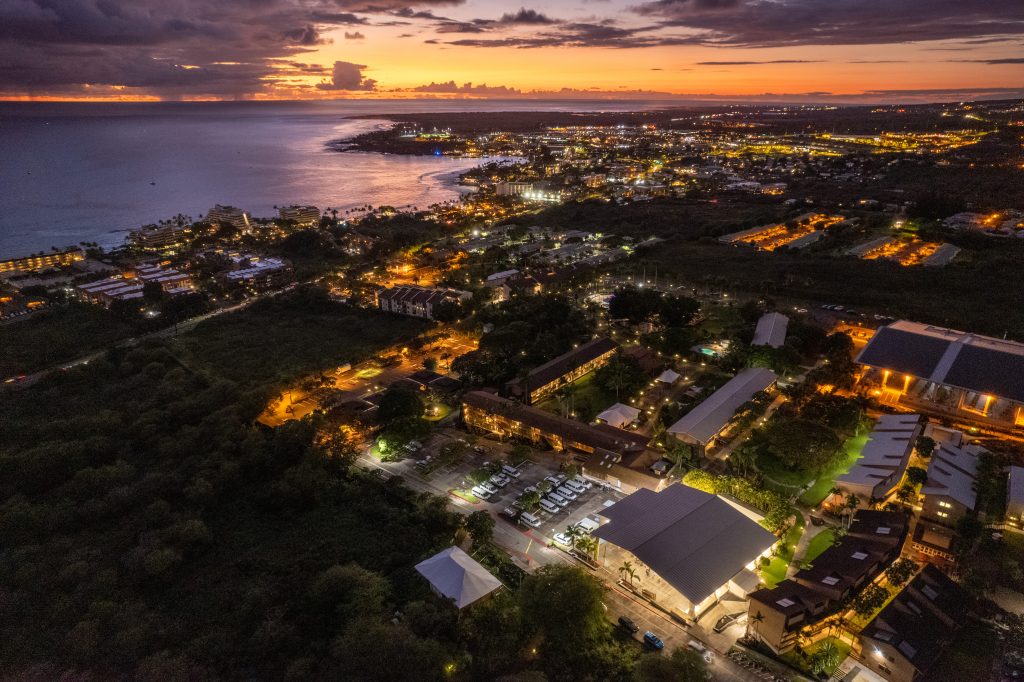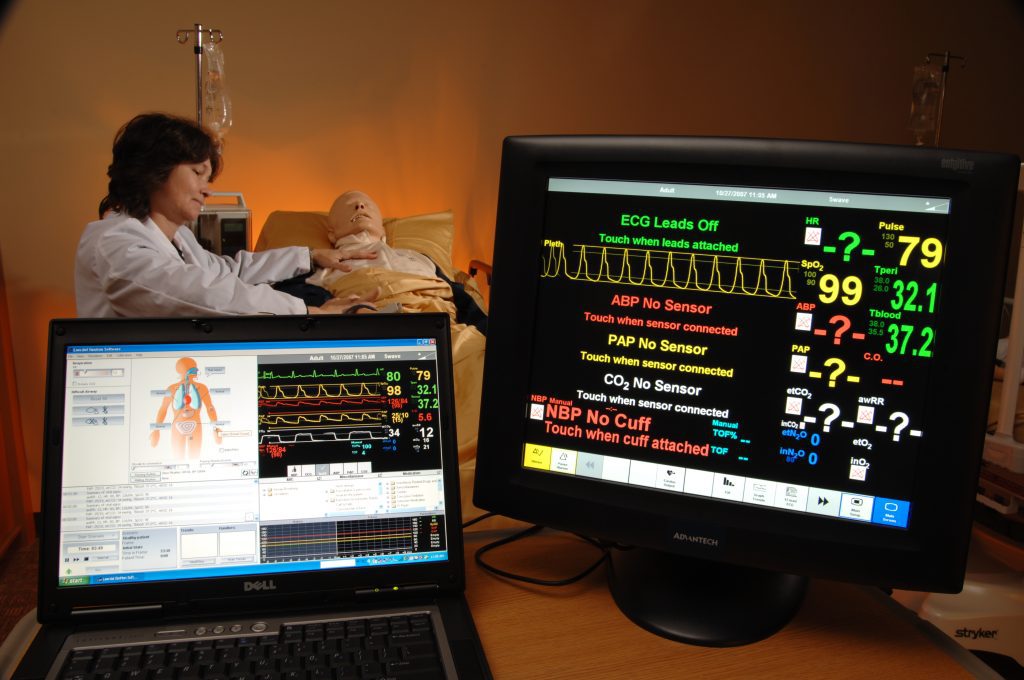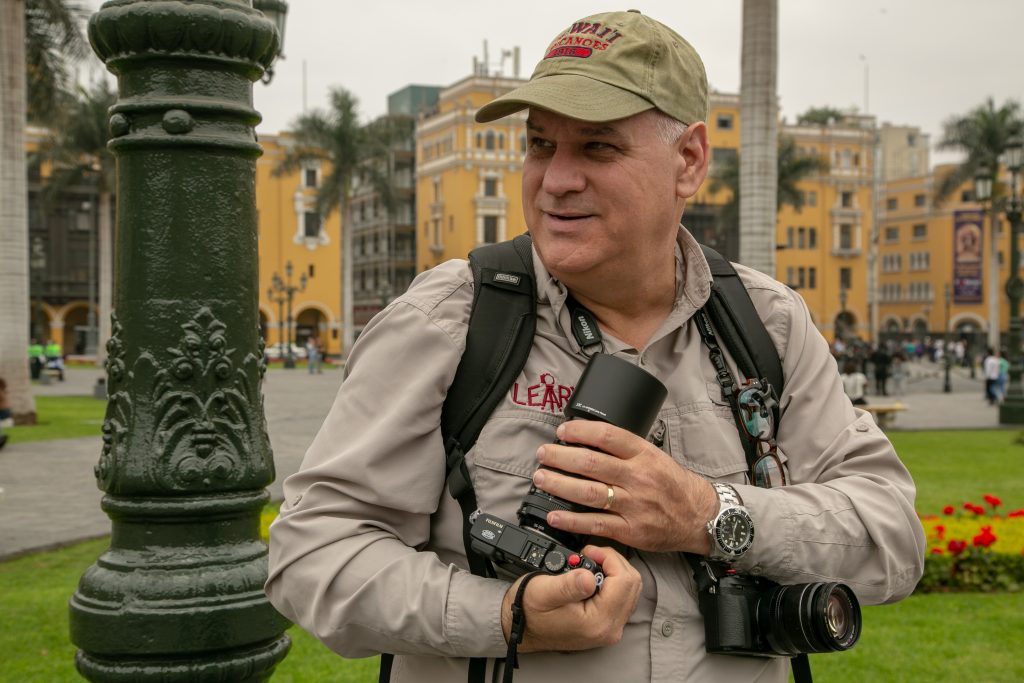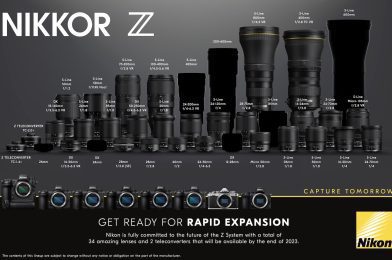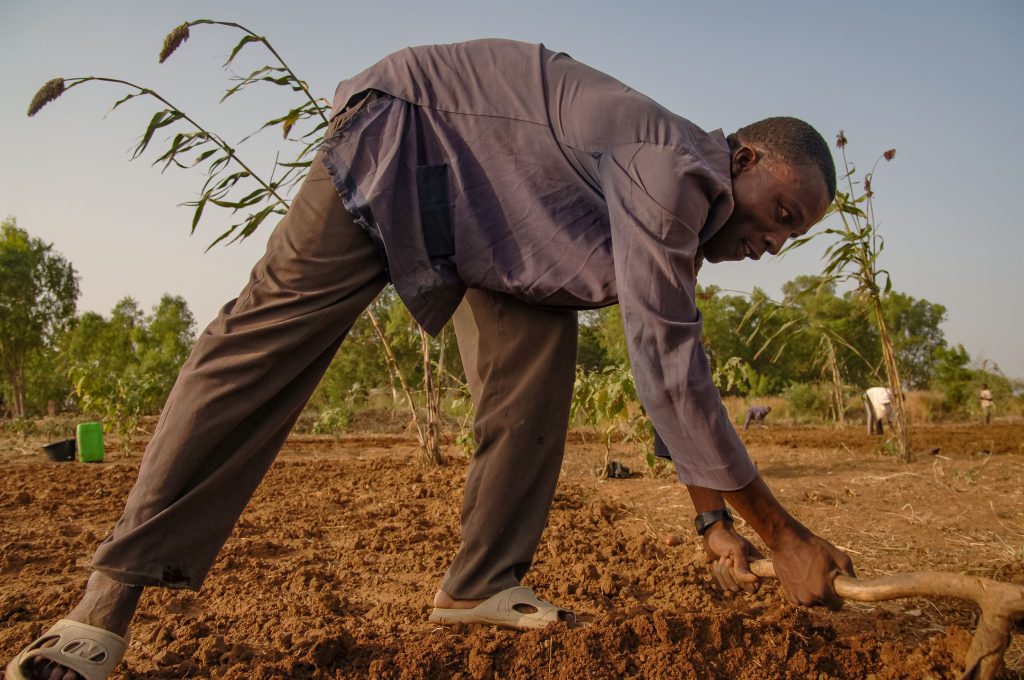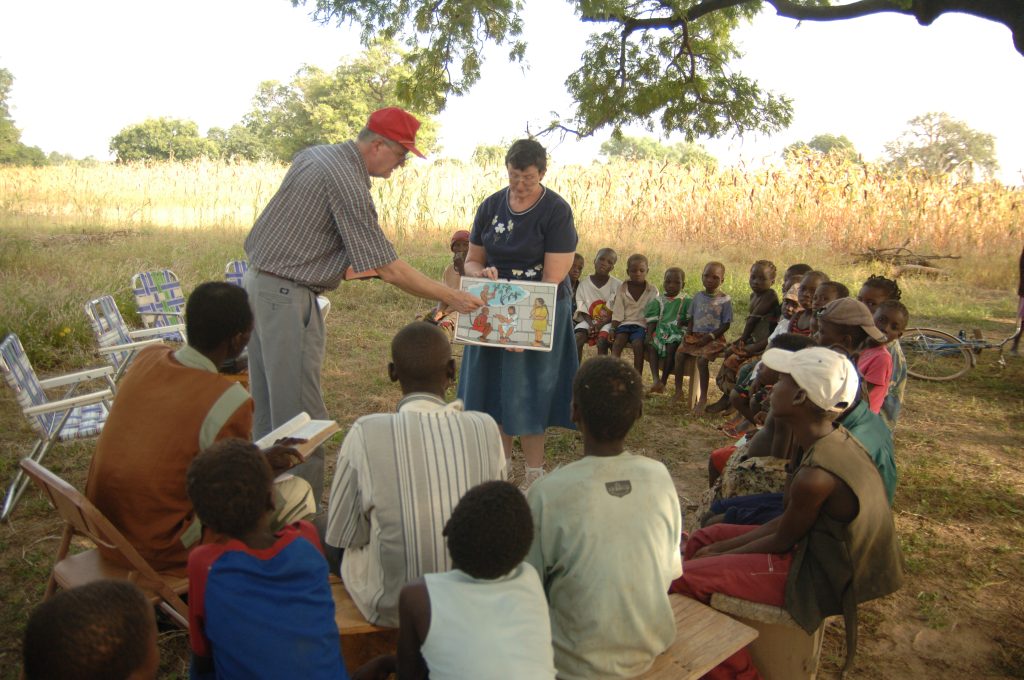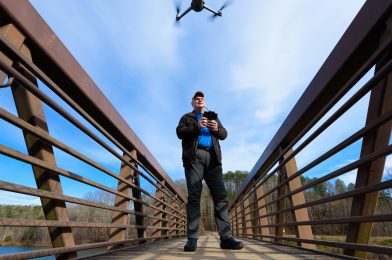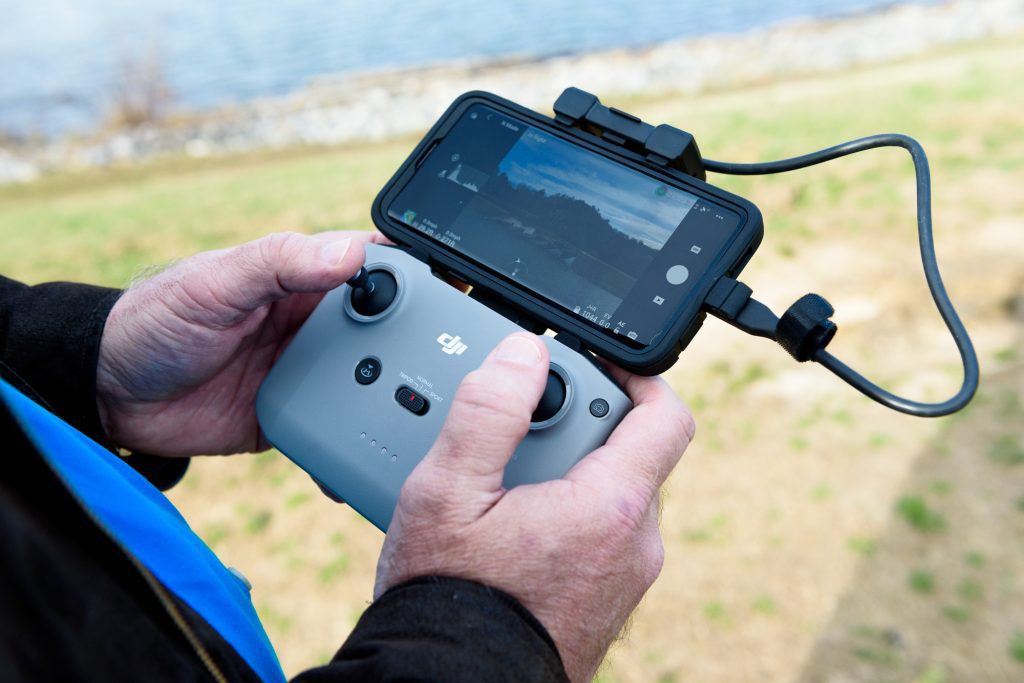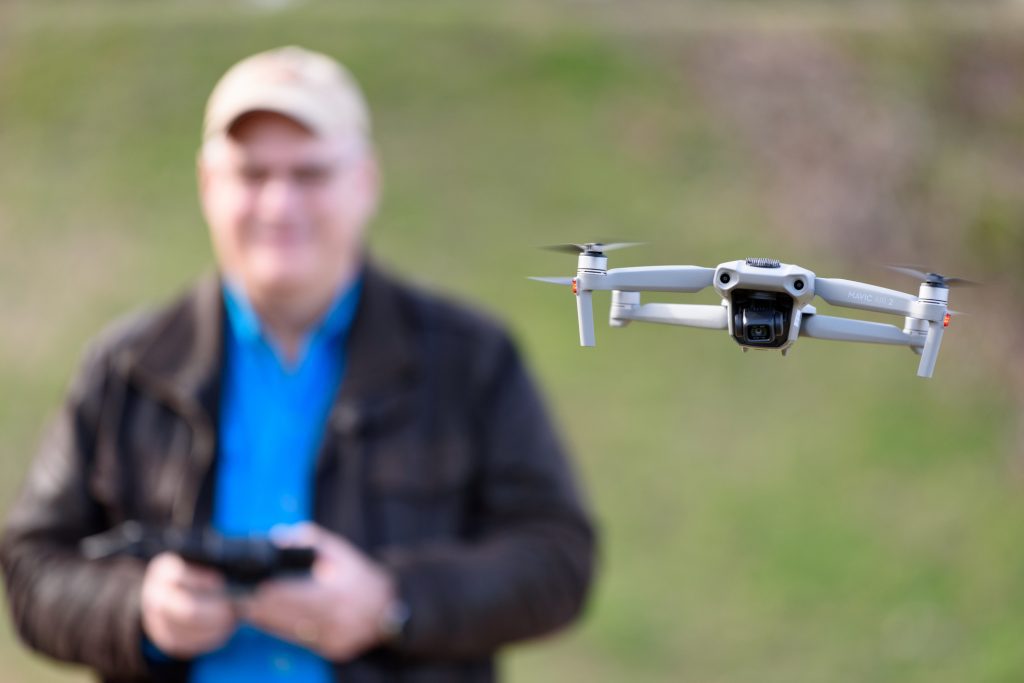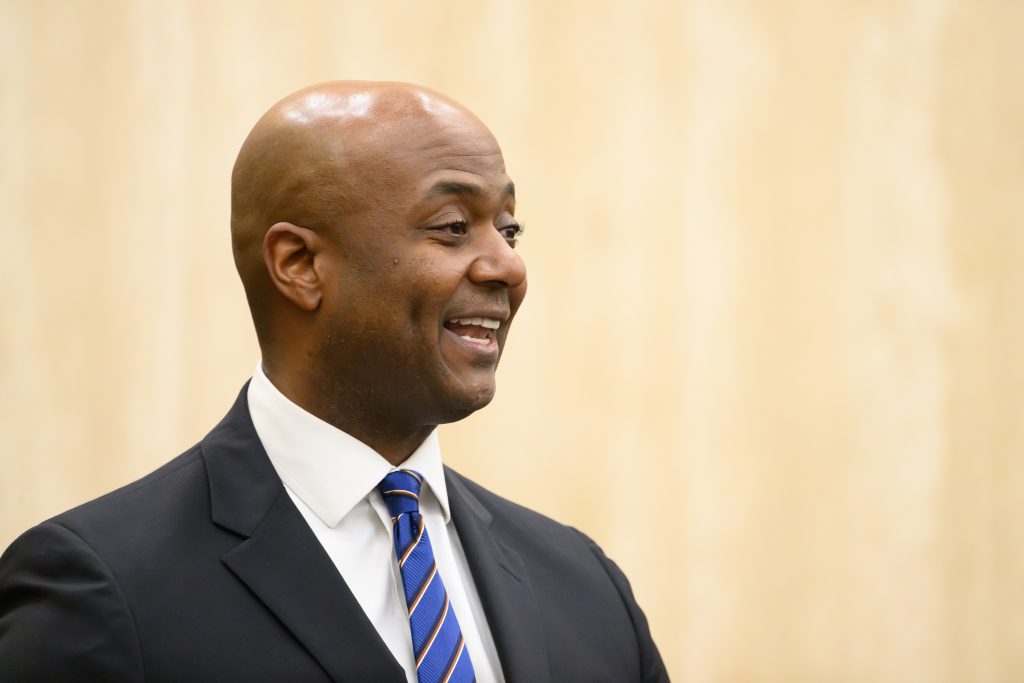When training a few years ago to get my Part 107 drone certification, I first encountered a well-defined list of hazardous attitudes that can sabotage your flying and decision-making abilities. As I learned more about these attitudes, I realized that they could apply to aviation and many areas of life, including business. In this blog post, I will discuss the five hazardous attitudes and how they can impact your success as an entrepreneur.
In life, as in aviation, our decisions directly impact our endeavors’ outcome. Whether you’re a pilot or an entrepreneur, avoiding the five hazardous attitudes identified by the Federal Aviation Administration (FAA) to achieve success is essential. These attitudes are Antiauthority, Impulsivity, Invulnerability, Macho, and Resignation.
Antiauthority refers to a reluctance to follow the rules or regulations. In business, this can manifest as disregarding best practices, industry standards, and ethical guidelines. While being creative and thinking outside the box is essential, respecting established norms and complying with relevant laws and regulations is also crucial. This attitude can lead to legal issues, poor reputation, and a lack of trust among customers and partners.
Impulsivity is characterized by making decisions without fully considering the consequences. This can manifest as hasty investments, rash business deals, and impulsive hiring decisions. While taking risks is an integral part of entrepreneurship, weighing the pros and cons of every decision and anticipating potential outcomes is crucial. Unfortunately, this attitude can lead to financial losses, missed opportunities, and a lack of strategic vision.
Invulnerability refers to a belief that nothing wrong can happen to you. In business, this can manifest as overconfidence, complacency, and a lack of preparedness. While it’s essential to be optimistic and believe in your capabilities, it’s also crucial to be aware of potential risks and take measures to mitigate them. This attitude can lead to a false sense of security, poor crisis management, and a lack of resilience.

Macho refers to a desire to prove oneself through taking risks or showing off. In business, this can manifest as an obsession with growth, expansion, and market dominance. While it’s essential to be ambitious and strive for success, it’s also crucial to be mindful of the impact of your actions on stakeholders, society, and the environment. This attitude can lead to unethical practices, unsustainable growth, and a lack of social responsibility.

Resignation refers to a sense of helplessness or apathy. This can manifest as a lack of motivation, initiative, and business innovation. While it’s essential to be realistic and acknowledge challenges, having a growth mindset, embracing change, and seeking continuous improvement are crucial. This attitude can lead to stagnation, irrelevance, and a lack of competitiveness.
To build a successful brand and grow your business over time, avoiding these hazardous attitudes and cultivating a mindset of responsibility, resilience, and innovation is essential. This can be achieved by developing a clear vision, establishing core values, engaging with stakeholders, seeking feedback, and learning from failure. Doing so can create a culture of excellence that attracts customers, partners, and employees who share your vision and contribute to your success.






